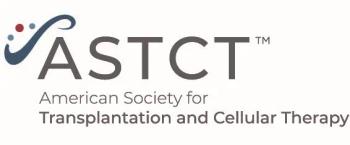
FDA Approves Brentuximab Vedotin for Cutaneous Lymphoma
The FDA has approved brentuximab vedotin (Adcetris) for the treatment of primary cutaneous anaplastic large-cell lymphoma and CD30-expressing mycosis fungoides in patients who have received prior systemic therapy.
The US Food and Drug Administration (FDA) has
The approval of brentuximab vedotin was based on results of ALCANZA, a phase III multicenter trial, and two phase II trials.
“Our phase III ALCANZA clinical trial evaluating Adcetris in patients with primary cutaneous anaplastic large-cell lymphoma and mycosis fungoides … demonstrated superior efficacy with durable responses for long-term disease management when compared to standard of care treatment options methotrexate and bexarotene,” said Clay Siegall, PhD, president and chief executive officer of Seattle Genetics, in a
ALCANZA randomized 131 patients with mycosis fungoides or primary cutaneous anaplastic large-cell lymphoma to either brentuximab vedotin or physician’s choice of methotrexate or bexarotene. Patients in the trial had already received one prior systemic therapy. Patients in the brentuximab vedotin arm had a higher rate of objective response lasting at least 4 months (56.3% vs 12.5%; P < .001), a higher rate of complete response (15.6% vs 1.6%; P = .007), and longer median progression-free survival compared with the physician’s choice arm (16.7 months vs 3.5 months; hazard ratio, 0.27; 95% CI, 0.17–0.43; P < .001).
The most common (> 20%) adverse events (AEs) related to brentuximab vedotin included anemia, diarrhea, fatigue, nausea, neutropenia, and peripheral sensory neuropathy. Peripheral neuropathy was the most common AE that led to treatment discontinuation.
Brentuximab vedotin is also approved for the treatment of classical Hodgkin lymphoma and systemic anaplastic large-cell lymphoma.
Newsletter
Stay up to date on recent advances in the multidisciplinary approach to cancer.



















































































